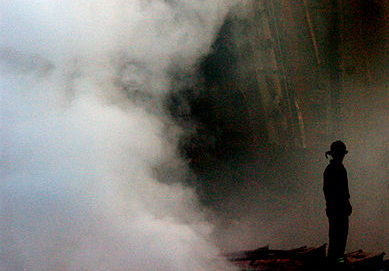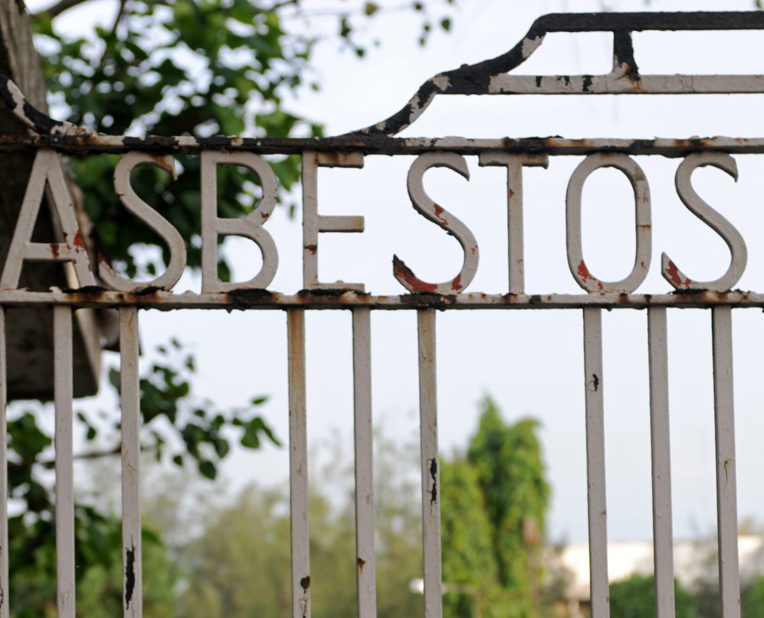Today is National Mesothelioma Awareness Day. Mesothelioma is a rare and aggressive cancer caused by exposure to asbestos. It is fitting that there be a day set aside to focus on this devastating disease for which there is no cure. I hope this day increases awareness of mesothelioma and ultimately leads to a cure.
The Mesothelioma Awareness Project
Around the country people will be participating in various activities today to help raise awareness about mesothelioma. People will partake in charity walks and fundraising events to bring local and national media coverage to this uncommon cancer. The goal of this day is to bring much-needed attention to this devastating and incurable disease.
The Mesothelioma Awareness Project started in 2004, and this will be its eighth consecutive year. The project began with a small group of volunteers and has gained momentum and drawn more attention every year. This year, it is expected that nearly 1,000 people will organize fundraising and awareness events. We hope this year will be the most successful to date.
Why Raise Awareness and Support for Mesothelioma Research
Many of us know someone who has been diagnosed with cancer, but few hear of someone diagnosed with mesothelioma.
Although mesothelioma is considered a rare disease, I have represented hundreds of people across the country who have been devastated by this aggressive and hard-to-treat cancer. After representing many mesothelioma clients over the years, raising awareness and supporting research efforts to find a cure for mesothelioma have become important and deeply personal life missions for me.
Mesothelioma awareness has increased tremendously over years; however, there is much more that we must do to ensure that future mesothelioma victims receive the best care possible as we search for a cure for this cancer. This special day is a step in that direction.





















